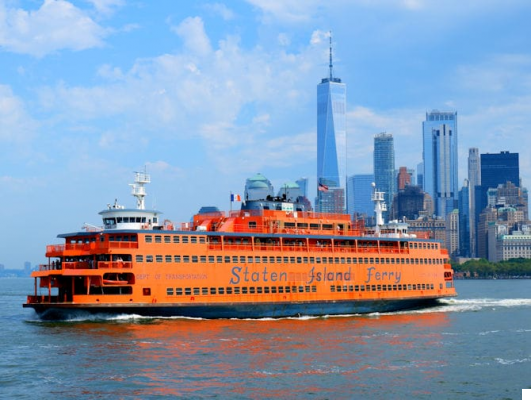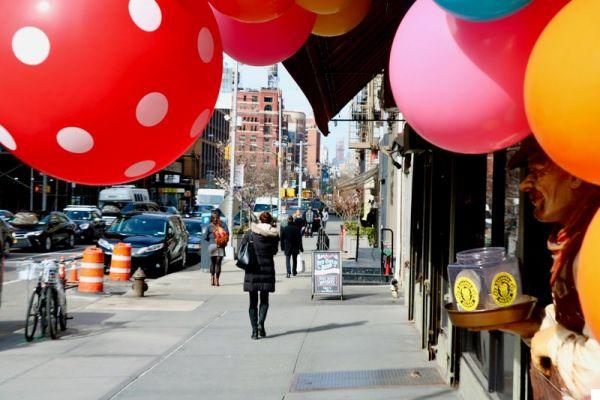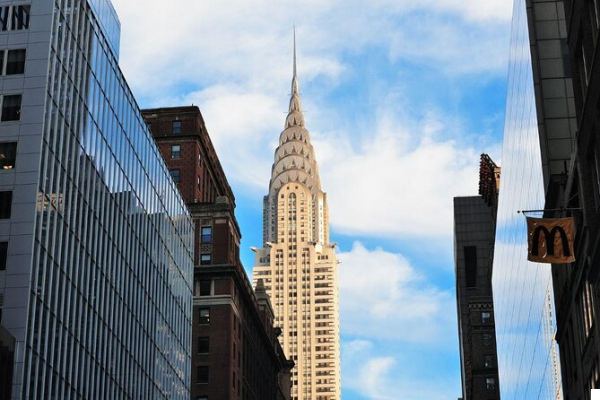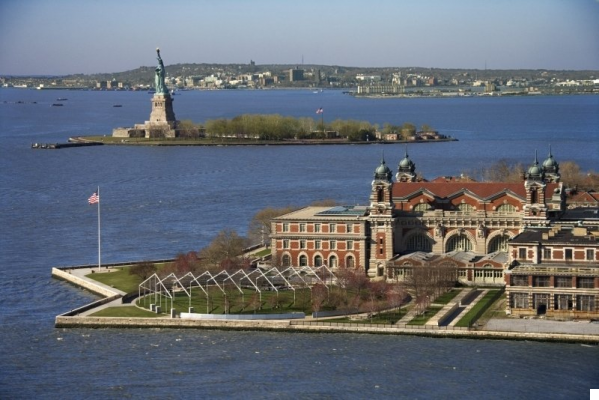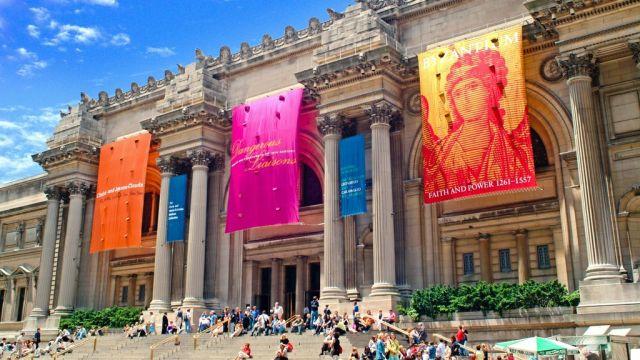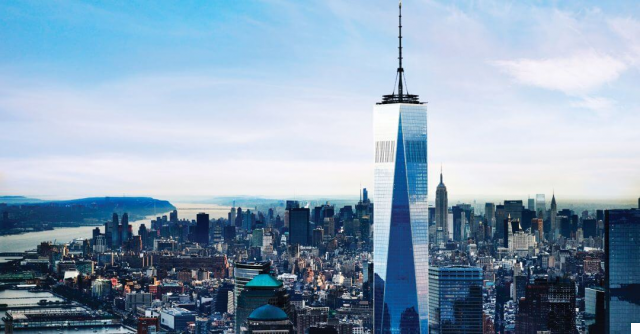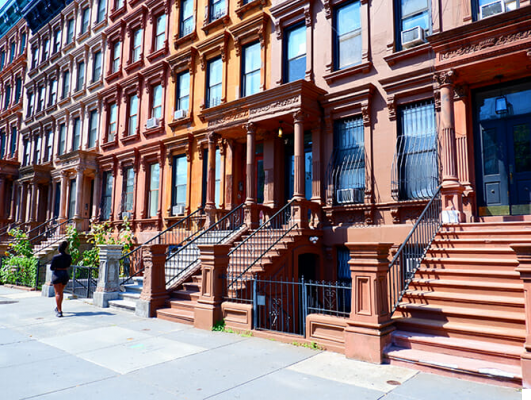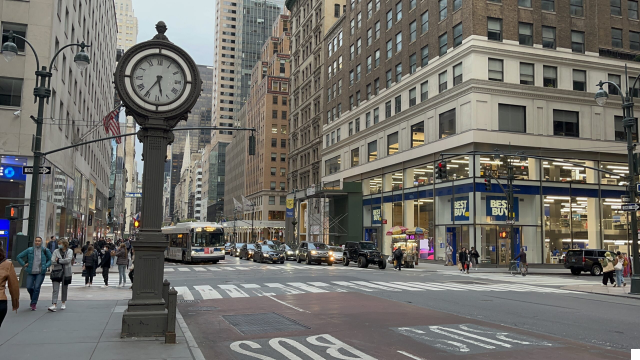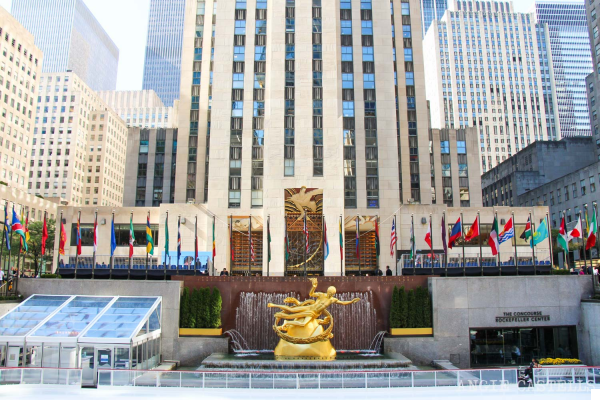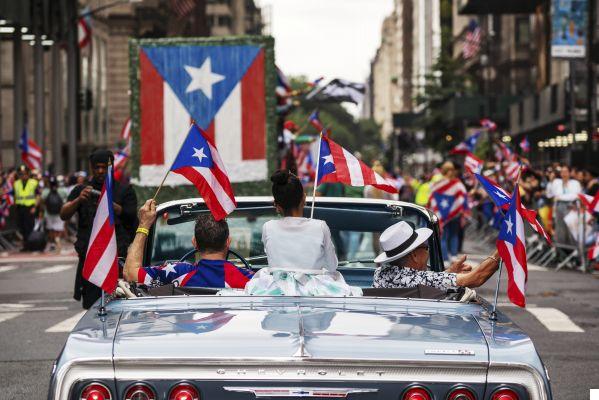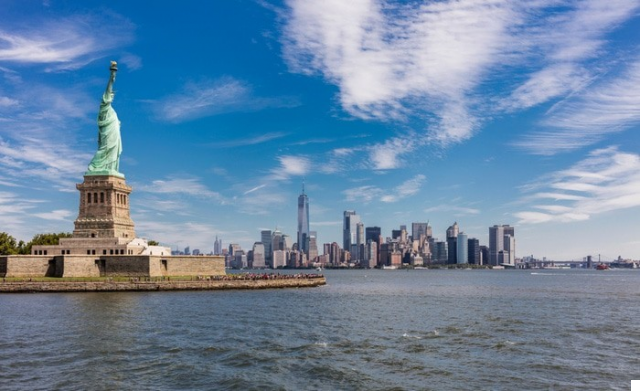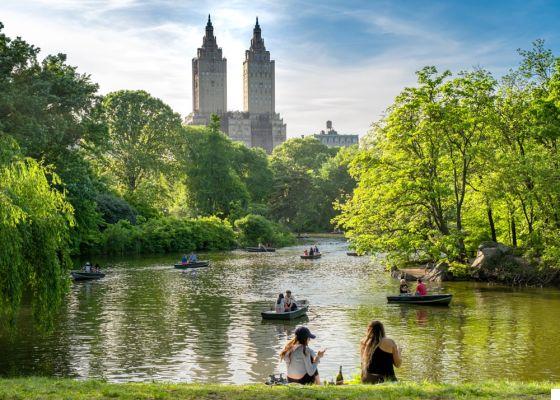
Nature in the Metropolis: Urban Parks and Green Spaces in New York
New York City, known as the USA's greenest metropolis, offers a wide range of parks and gardens for its residents and visitors to enjoy. With over 1,700 green spaces and parks to choose from, finding a peaceful moment to connect with nature in the bustling city is more important than ever. These green areas not only provide a much-needed respite from the hectic nature of the Big Apple but also inspire creativity and add personality to the city. In this article, we will explore the historical context, analytical insights, and future perspectives of nature in the metropolis, focusing on some of the most iconic and popular green spaces in New York City.
Historical Context and Evolution
New York City's green spaces have undergone a remarkable transformation over the years. Many of these areas were once industrial and gritty urban spaces that have been repurposed into lush, natural landscapes. One such example is The High Line, one of the newest and most popular green areas in the city. The High Line is a former abandoned freight rail in Manhattan's West End that has been completely renovated into an elevated, mixed-use public park. It pays homage to the city's industrial history while offering a landscaped sanctuary from the busy streets below. The park incorporates plants, greenery, and contemporary artwork curated by a nonprofit group dedicated to maintaining the space.
Another iconic green space in New York City is Central Park. With over 40 million visitors annually, Central Park is one of the most famous parks in the world. It features various must-see areas, including the Ramble and the Lake, the Conservatory Garden, and the Jacqueline Kennedy Onassis Reservoir. Throughout the year, visitors can enjoy pop-up events, shows, and concerts in Central Park, such as Shakespeare in the Park during the summer and ice skating at the Wollman Skating Rink in the winter.
Analytical Insights
When analyzing the data related to nature in the metropolis, it becomes evident that these green spaces play a crucial role in the well-being of New York City's residents and visitors. They provide a much-needed escape from the urban environment and offer opportunities for relaxation, recreation, and cultural experiences. The popularity of parks like Central Park and The High Line demonstrates the demand for green spaces in the city.
Furthermore, these green areas contribute to the city's sustainability efforts. They help improve air quality, reduce the urban heat island effect, and provide habitats for wildlife. The transformation of industrial areas into natural landscapes showcases the city's commitment to environmental conservation and urban revitalization.
Additionally, the presence of green spaces in urban areas has been linked to numerous health benefits. Studies have shown that spending time in nature can reduce stress, improve mental health, and enhance overall well-being. The accessibility of parks and green spaces in New York City allows residents and visitors to reap these benefits.
Future Outlook
The future of nature in the metropolis looks promising. As the importance of green spaces becomes increasingly recognized, there is a growing emphasis on expanding and improving existing parks and creating new ones. The city's government and various organizations are investing in initiatives to enhance the quality and accessibility of these green areas.
Furthermore, the integration of technology and sustainability practices is expected to play a significant role in the future of urban parks and green spaces. Innovations such as smart irrigation systems, renewable energy installations, and interactive digital experiences can enhance the visitor experience while promoting environmental stewardship.
In conclusion, New York City's urban parks and green spaces offer a unique blend of nature, culture, and recreation in the heart of a bustling metropolis. From the transformed industrial landscapes of The High Line to the iconic Central Park, these green areas provide a much-needed respite and inspiration for residents and visitors alike. As the city continues to prioritize sustainability and well-being, the future of nature in the metropolis looks promising, with an increasing focus on expanding and enhancing these valuable green spaces.



